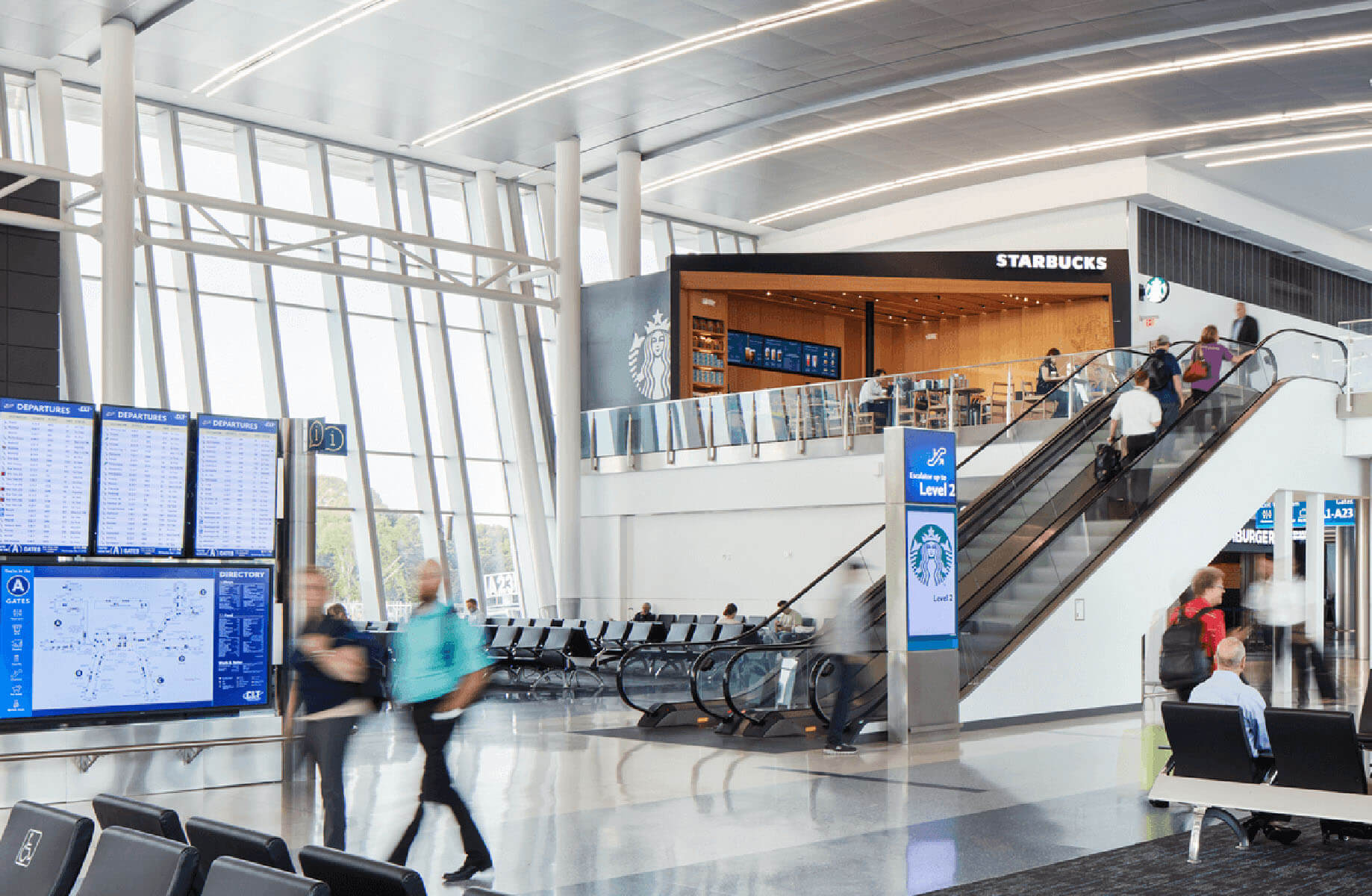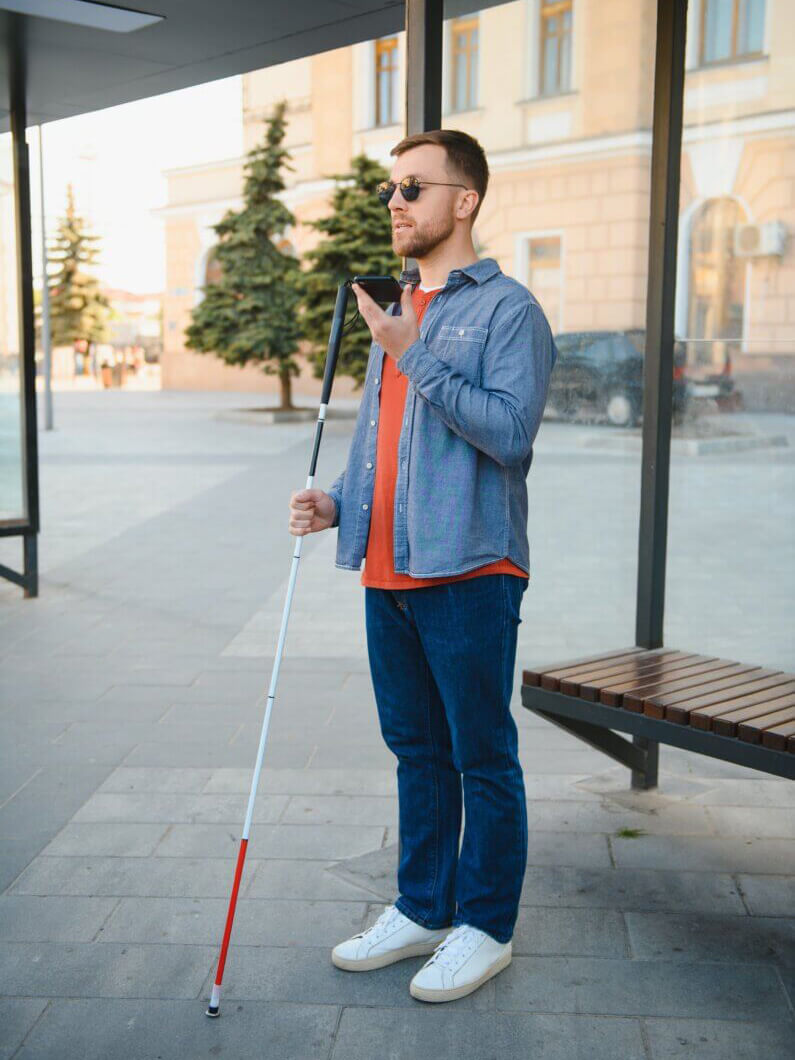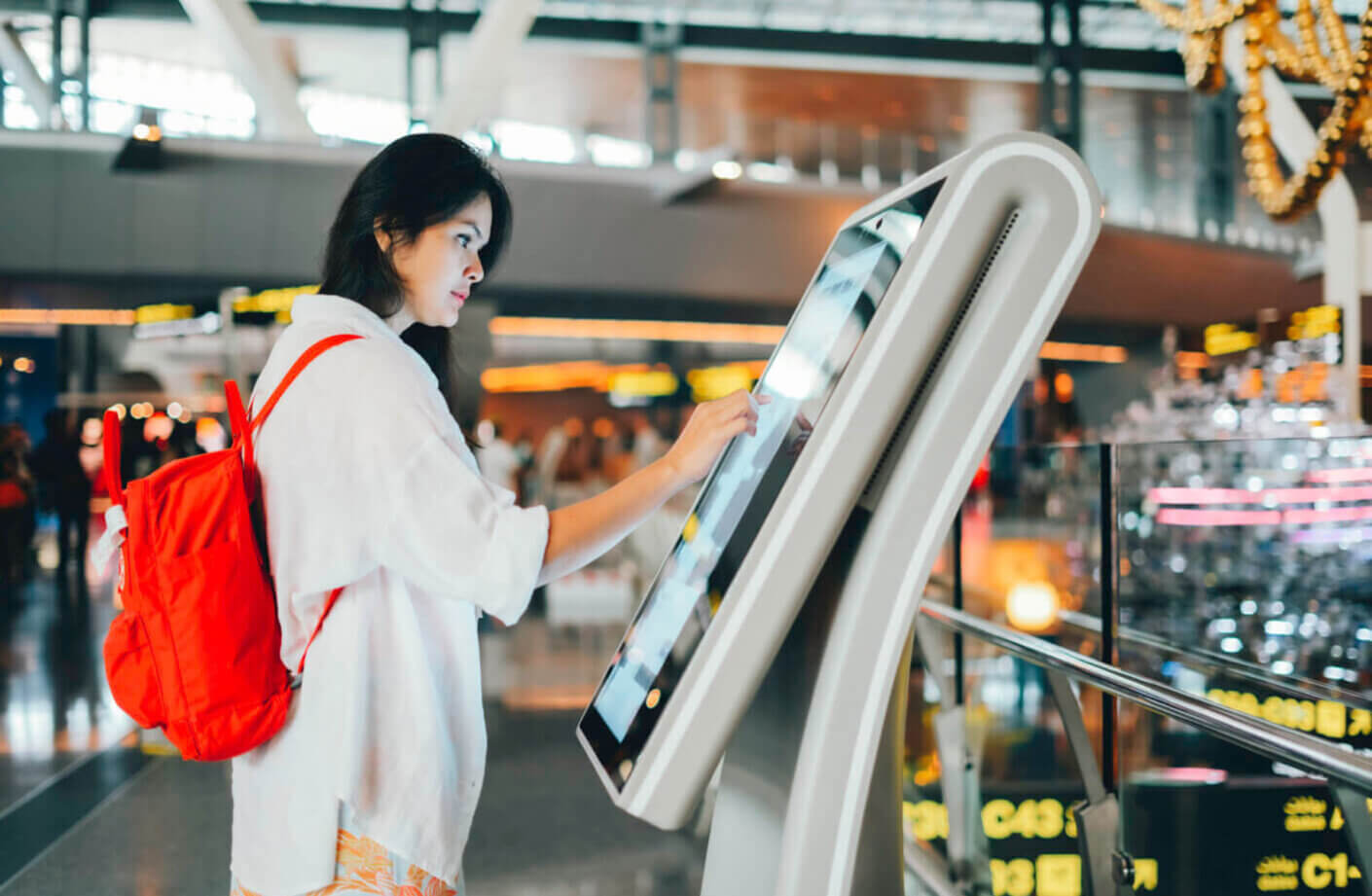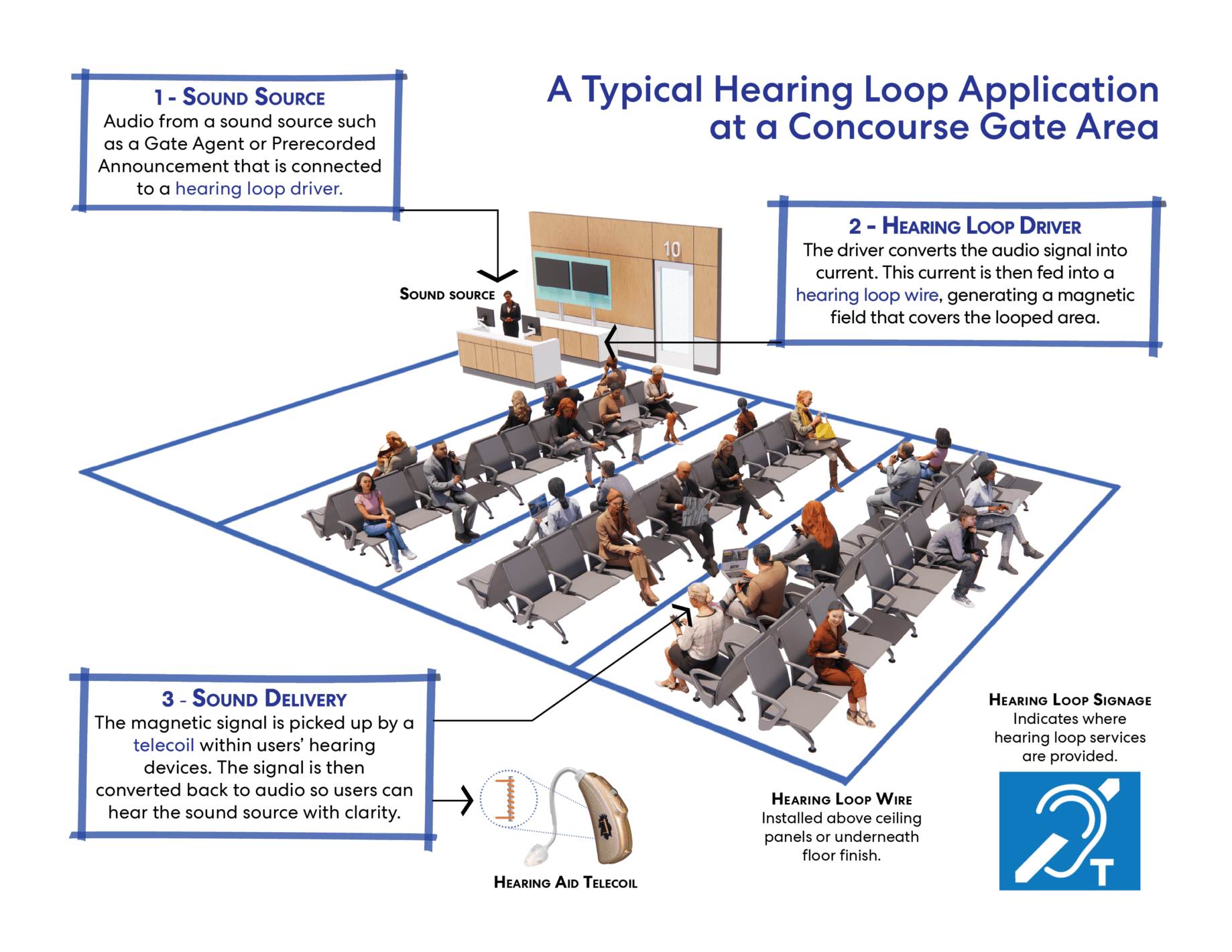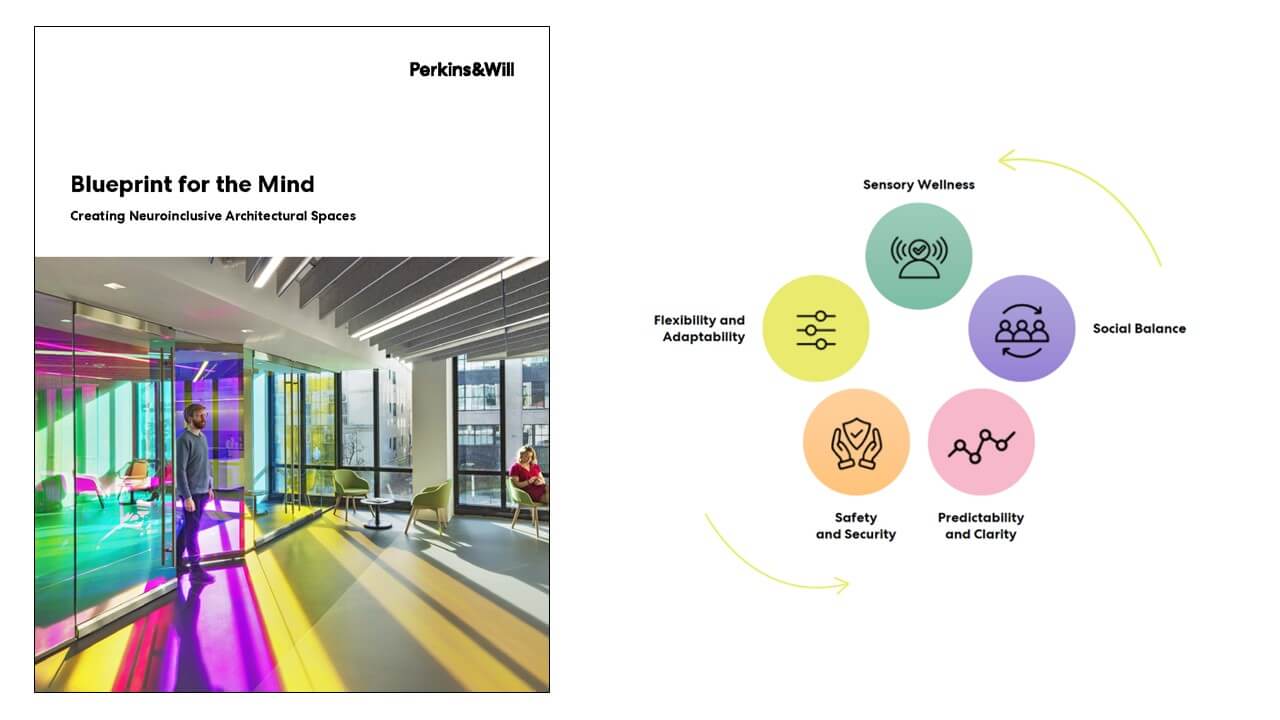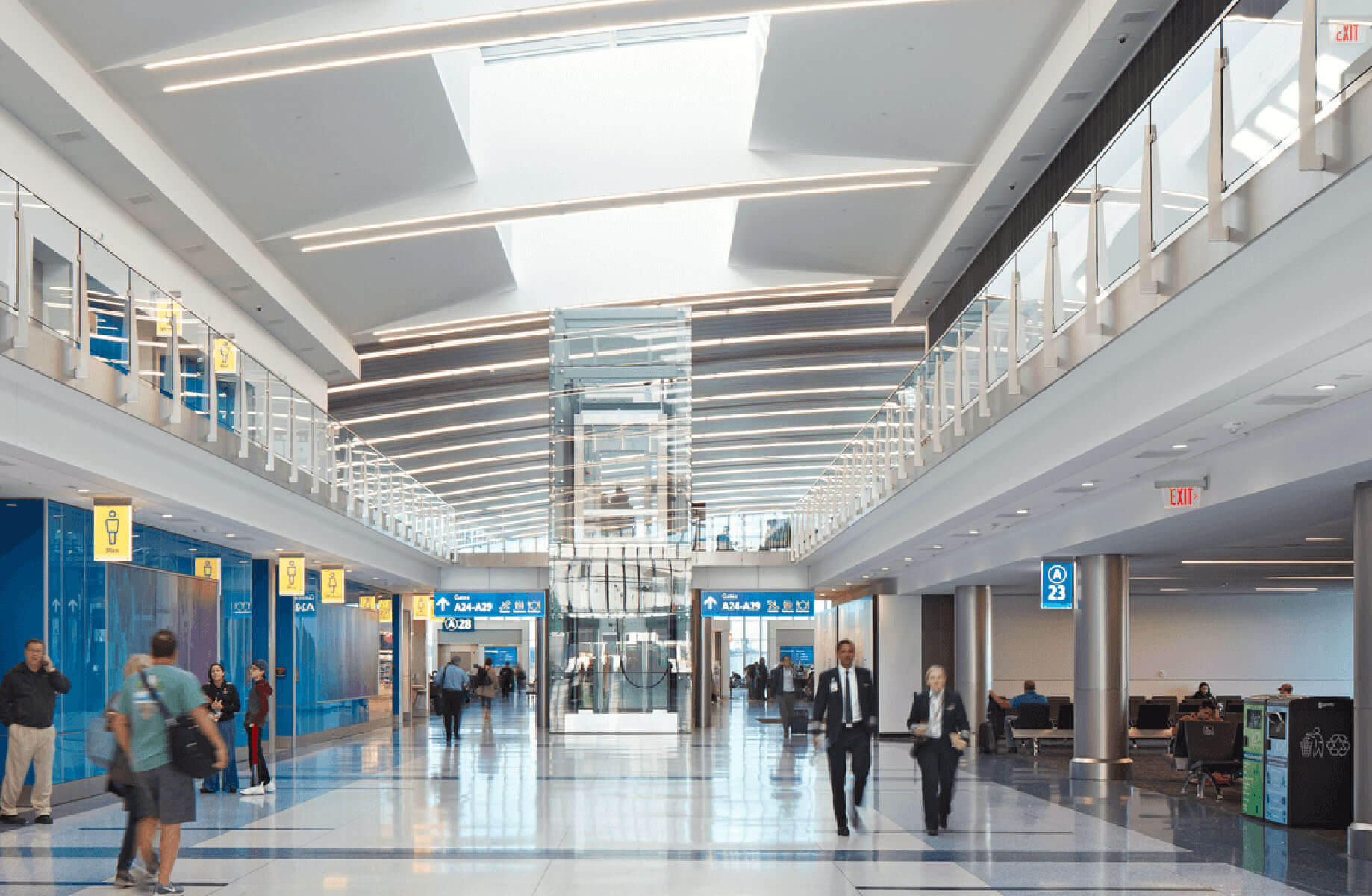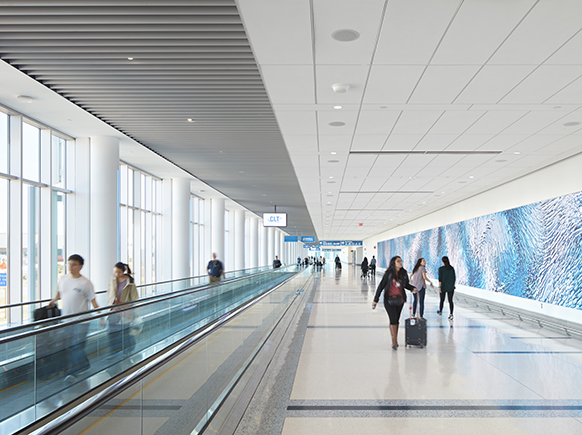Airports are critical hubs in our nation’s transportation network, serving thousands of passengers daily. As public spaces, they should be welcoming and accessible to travelers of all abilities, yet they often present significant challenges. With high noise levels, complex layouts, and overwhelming sensory stimuli, airports can be difficult to navigate, particularly for passengers with disabilities.
As the father of two hearing-impaired daughters, I am deeply committed to advancing communications equity. My goal is to encourage the aviation industry to embrace innovative technologies and design strategies that ensure clear, accessible communication for all passengers. I want my daughters, and others with disabilities, to be able to move through these environments confidently and independently.
I want to encourage a shift in focus from merely accommodating all passengers to actively empowering them. The future of air travel will be defined by environments where every traveler, regardless of ability, can navigate confidently and independently. By championing communications equity, we move closer to creating public spaces that reflect the inclusive values our society aspires to uphold.

